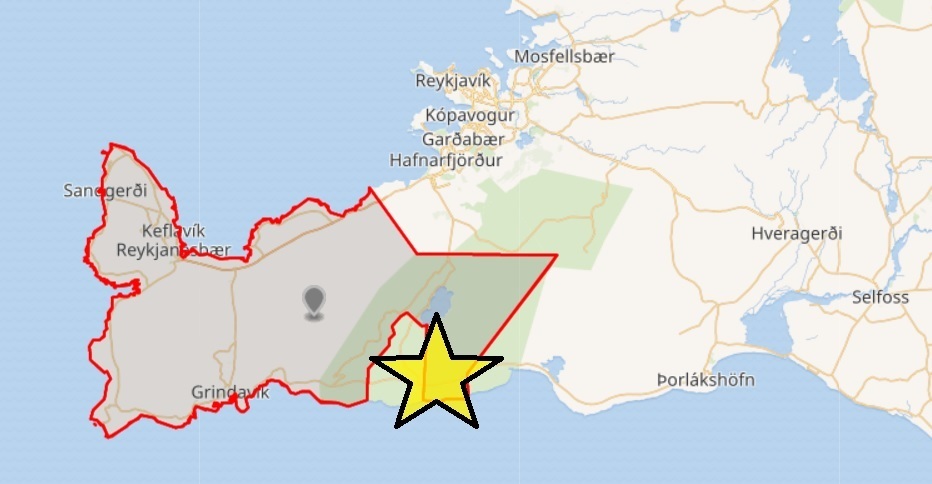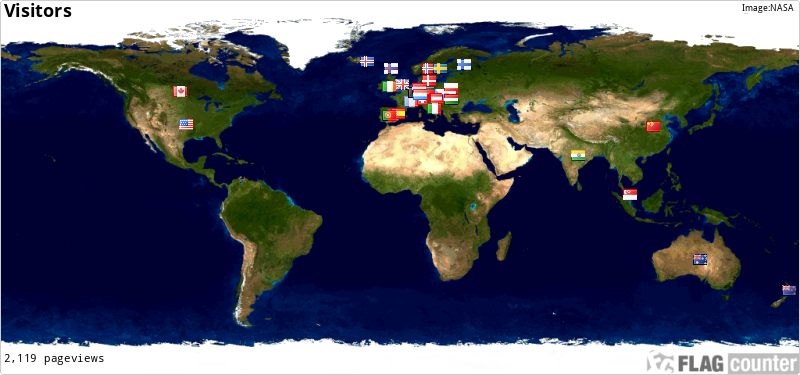Phaoehoe, Aa, Pillow or block Lava.

There are so many different types of rocks to be found around the world. And they all belong to one of the three types: Igneous, Sedimentary or Metamorphic rocks. The igneous rocks are formed from volcanic activity. This means they are either created from cooled magma or cooled lava. The difference between magma and lava is its location - interior versus exterior. (See illustration)

Magma is the molten rock found inside the crust of the earth. Pockets of magma come up from the mantle/main vent and push their way through weak spots and vents in the earth's crust, often under volcanoes. When magma is pushed up through a volcano that's erupting, the magma becomes lava as it exits out of the crater.

The distinction is important since there is a main difference between if the rock cools from lava or from magma, even that both are volcanic. The formation and difference we are talking about here is important because the rocks that come from magma become intrusive igneous rocks, and the rocks that come from lava become extrusive igneous rocks. The difference is due to how fast the material cools.
The local geology of Suðurnes.
The basic way to explain the geology of Iceland is that the island is placed over a hot spot.
Iceland has formed by the coincidence of the spreading boundary of the North American and Eurasian plates and a hotspot or mantle plume – an upsurge of abnormally hot rock in the Earth´s mantle. As the plates moved apart, excessive eruptions of lava constructed volcanoes and filled rift valleys. And that is how this part of Iceland has formed. By the volcanic act this beautiful landscape has been built up by its lava flow over an extradentary size of area, coming from the volcanic activity up north, north-east.

Types of Lava Flows
Lava flow is a surficial outpouring of molten rocks. The same name is also given to already solidified rock bodies that formed as molten or semi-molten flows of rocky material. Lava flows are the most common volcanic feature on Earth. They cover roughly 70% of the Earth.
The most common way to divide lava flows into distinct types is following: Pahoehoe lava flow, Aa lava flow, Blocky lava flow, and also Pillow lava flow. The most common subaerial lava flows today are pahoehoe, aa, and blocky lavas.
Let`s have a look at several types.
Pahoehoe lava
Pahoehoe is a smooth and continuous lava crust. Pahoehoe forms when the effusion rate is low and consequently the velocity of lava flow is slow. Pahoehoe lava flow is usually at least 10 times slower than typical aa lava flow. Higher effusion rate results in lava flow being shattered which is how the rubbly and clinkery Aa lava surface forms. Pahoehoe and aa lava are strikingly different in appearance, but their composition may be identical or very similar. Lava flow that was originally pahoehoe may transform into aa lava but the reverse is impossible. Once lava crust is broken it can not return back to smooth and continuous form.
Only low-viscosity, this usually basaltic lava can form pahoehoe. Aa lava is much more common and is not as picky about the composition of lava flow. Aa lava can be basaltic, andesitic, tephritic, etc. Blocky lava needs more felsic compositions (silica content generally over 55%). Blocky lava is composed of larger blocks than aa lava and these blocks have much smoother surface. Pahoehoe is also known as ropy lava and it has several more varieties named entrail, festooned, filamented, sharkskin, shelly, etc.
Aa lava
Aa lava is a rough rubbly crust of a lava flow. It is a major lava flow type. Other important subaerial lava flow types are pahoehoe and blocky lava. Aa basalts have rough surfaces (that make barefoot people cry, "Ah! Ah!" as they walk across it). This type of lava surface is rough with pointing and sharp edges. 'A'a is cooler, slower-moving basaltic lava.
The Aa and pahoehoe types are terms that only describe the upper part of a lava flow. It is more correct to say that aa lava is a type of lava flow crust, not lava flow itself. Both aa lava and pahoehoe are usually massive beneath the crust which may be smooth (pahoehoe) or rubbly (aa). Massive part usually contains vesicles (gas bubbles) which will fill with secondary minerals like zeolites in older lava flows. This process takes considerable time and requires low-temperature hydrothermal alteration.
Aa lava is more common than pahoehoe. Special conditions are needed for pahoehoe to form: lava with low viscosity (high temperature, low silica content), low effusion rate, and gentle slope. Aa lava is free of such restrictions and therefore forms instead of pahoehoe if the conditions are not right. It is usually the speed of advancing lava flow that determines whether aa or pahoehoe forms and that depends on the effusion rate and steepness of the slope. It has been shown that flow rates exceeding 5-10 m3/s clearly favors the formation of aa lava over pahoehoe. Once aa lava is formed it never reverts back to smooth pahoehoe form.
Blocky lava
Blocky flows are common if the silica content of lavas is higher (composition of basaltic andesite to rhyolite). Blocky lava flows resemble Aa lavas. They also have highly irregular surfaces covered with debris, but they contain larger lava blocks with smoother sides and angular edges with common dimensions from few decimeters to several meters. Blocky flows grow higher as they advance and may reach more than 100 meters in height. Aa lava can be basaltic, andesitic, tephritic, etc. Blocky lava needs more felsic compositions (silica content generally over 55%). Blocky lava is composed of larger blocks than aa lava and these blocks have much smoother parts of their surface.
Pillow lava
Pillow lava is usually basaltic or andesitic in composition and always associated with water. Pillows are about one meter across each or smaller and form when lava flows out of the Earth’s crust underwater. Each pillow is like a bag that has quickly chilled margin which is filled with molten material. Pillow lavas are usually associated with mid-ocean ridge volcanism. The upper part of the oceanic crust is composed of countless number of lava pillows, but they can also form in much shallower conditions, even in lakes or under glacial ice. Pillow lava, however, is composed of many pillow-shaped outpourings, each one of them slightly elongated but not forming a continuous flow. Pillows usually demonstrate a convex upper and concave or flat lower surface. The surfaces are glassy because of very rapid cooling in contact with water.
Lava Columns
The interior of a lava flow may be columnar because of thermal contraction. However, really beautiful regularly shaped columns like these form usually in a stationary well insulated lava lake not in an actively moving lava flow. After lava is erupted onto Earth’s surface, it cools. However, lava may take awhile to cool, and as it cools there may be a temperature gradient. Most commonly, the top of the lava flow will be cooler than the bottom of the lava flow. When objects contract, they often crack or fracture.
To log this cache.
To get to log this cache you will have to visit and answer the questions which are related to the coordinates given the earthcache.
When answers are collected, send them to CO for verification.
You can log immediately after answers are sent CO. If there are any questions about your answers CO will contact you.
Logs without answers to CO or with pending questions from CO will be deleted without any further notice.
Please do not include pictures in your log that may answer the questions.
Questions
1. Answer the questions under by visiting the coordinates and study the formation at Suðurnes.
A. Describe the lava that you are surrounded by at gz, Color, texture, formation and shape! (2 or 3 types can be found)
B. Study the map, and the location around you. What direction would you say the flow of lava has come from? (Nort, Noth-West ect?)
C. How big in size/diameter would you estimate the rock, stones, boulders that you can find here at the coordinates and the area around?
2. (It’s voluntary to post a photo in your online log of your visit)
